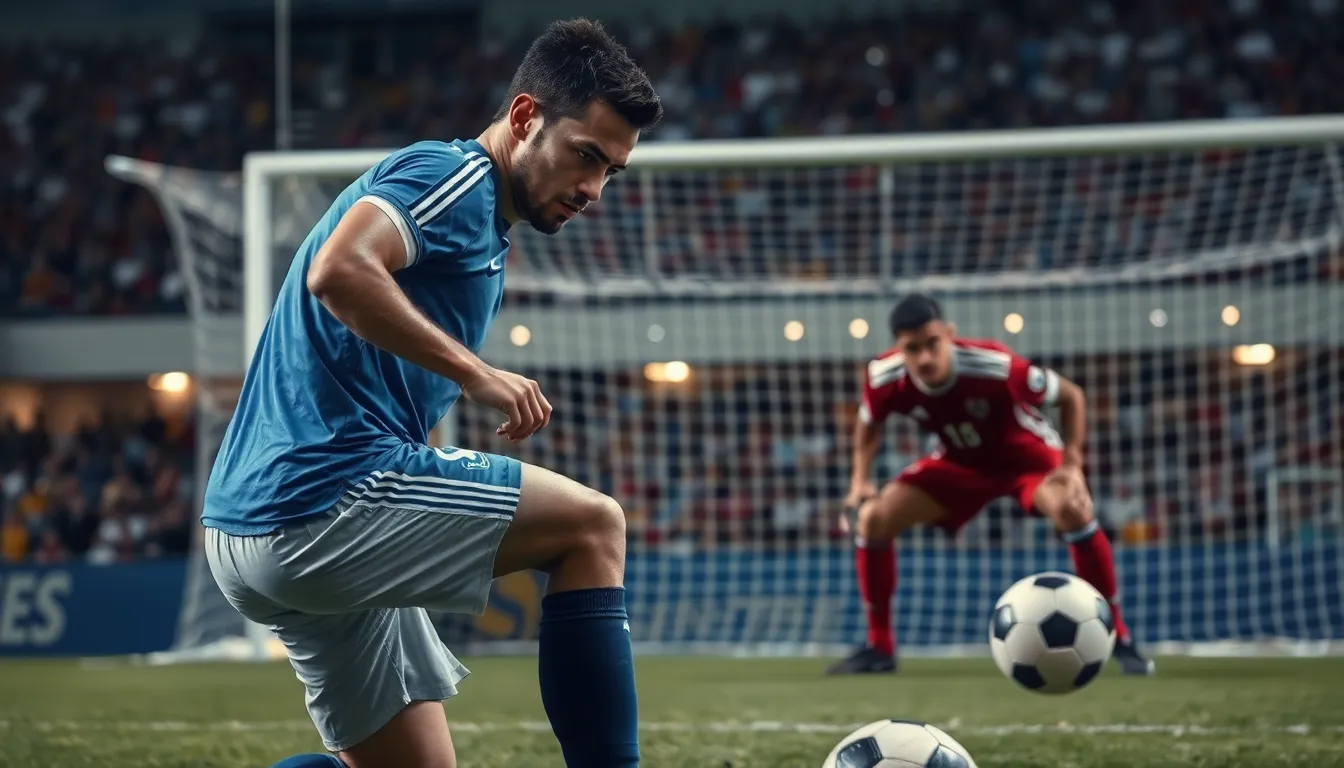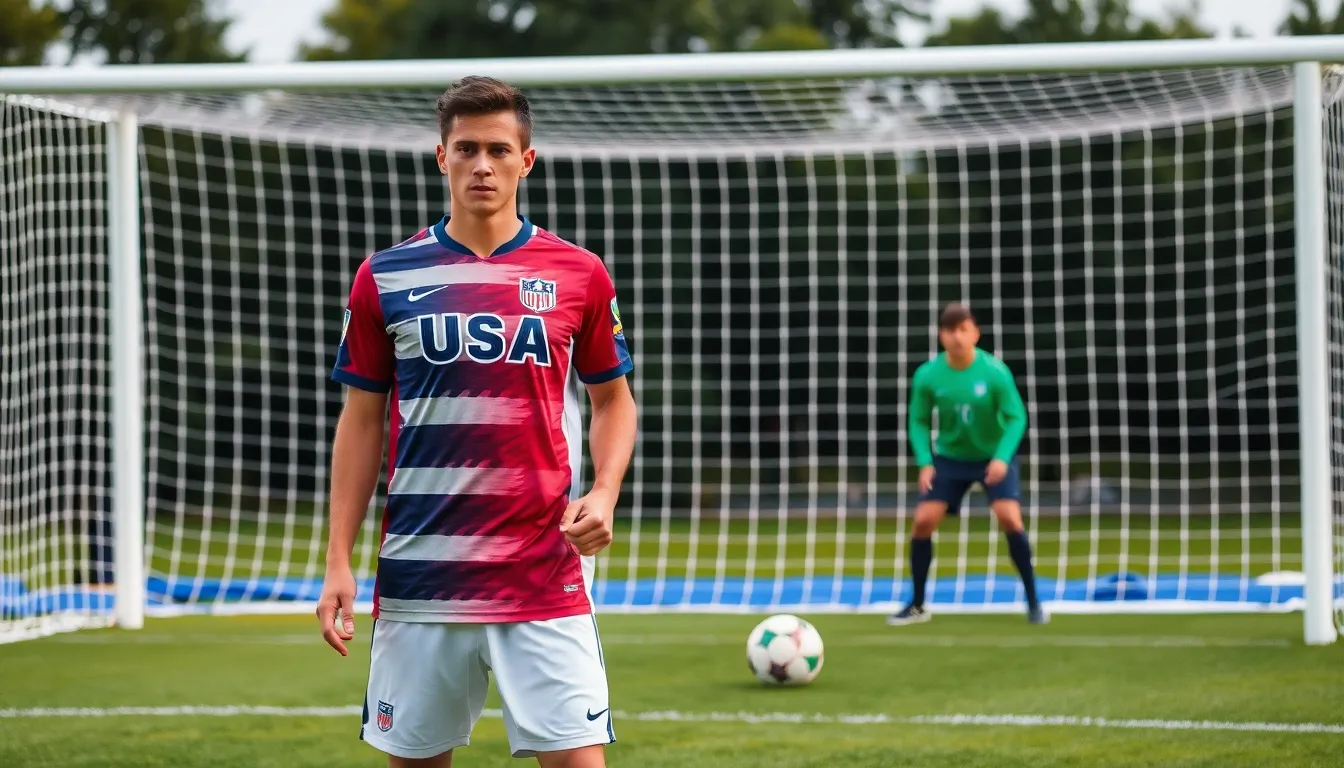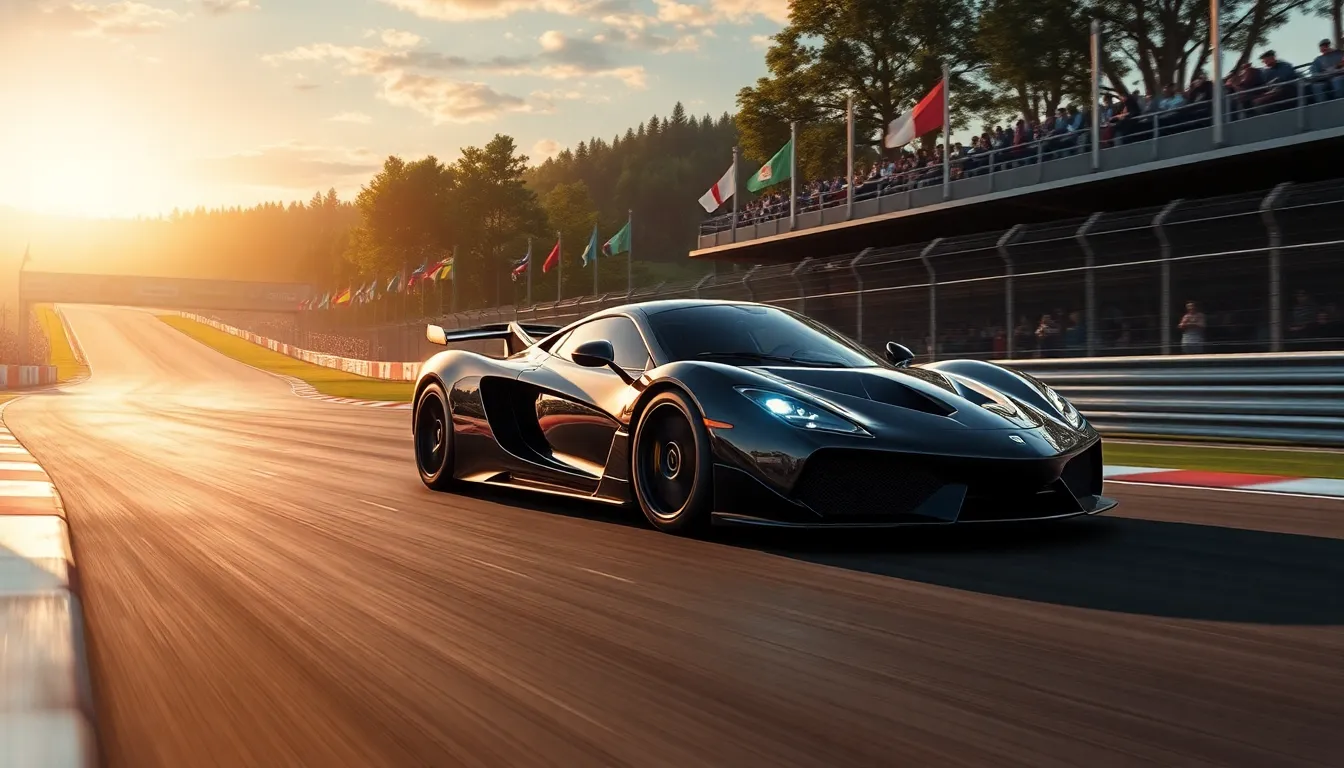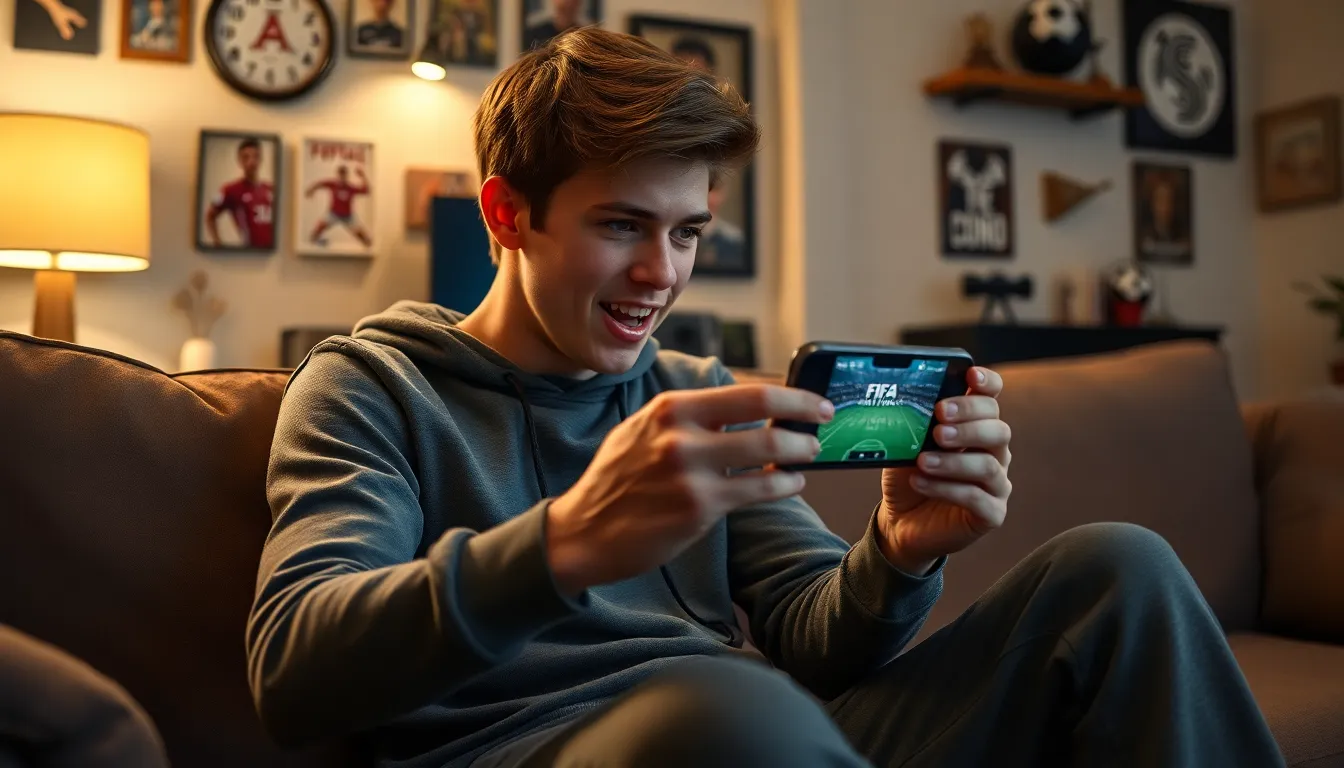In the world of soccer, few moments are as nail-biting as a FIFA penalty kick. Picture this: the stadium is packed, the tension is palpable, and all eyes are on the player as they prepare to take that fateful shot. Will they become a hero or a meme? The pressure is on, and the stakes couldn’t be higher.
Penalty kicks are where legends are born and dreams are dashed, often leaving fans on the edge of their seats or rolling on the floor in laughter. From the audacious Panenka to the classic strike, every kick tells a story of skill, strategy, and sometimes, sheer luck. Dive into the fascinating world of FIFA penalty kicks, where every shot can either lead to glory or heartbreak, and discover what makes this thrilling aspect of the game so unforgettable.
Table of Contents
ToggleOverview of FIFA Penalty Kicks
FIFA penalty kicks represent some of the most thrilling moments in soccer. These situations come with immense pressure, where skill, strategy, and luck play significant roles.
History of Penalty Kicks in FIFA
Penalty kicks became part of soccer rules in 1891, originally intended to penalize fouls committed within the penalty area. Initially, the spot was at 12 yards from the goal. The first recorded penalty kick in a competitive match occurred that same year. Over time, European leagues adopted this rule. The FIFA World Cup witnessed its first penalty shootout in 1994, a monumental moment that showcased the tension and excitement surrounding penalty kicks on a global stage.
Evolution of the Rules
Becoming increasingly refined, the rules governing penalty kicks have evolved significantly. In 1902, FIFA introduced regulations allowing one kick per foul committed in the penalty area. By 1992, the requirement for the goalkeeper to remain on the goal line was enforced. Recent adaptations include the VAR system to review potential infractions, ensuring fairness. Players now understand the psychological aspect of taking a kick, with tactics becoming more sophisticated over time. These changes highlight FIFA’s commitment to maintaining high standards in the game.
The Mechanics of a Penalty Kick

Penalty kicks require precise execution and strategic thinking from both players. Each attempt draws significant attention, with high stakes for the player and the goalkeeper.
The Player’s Approach
Understanding body positioning is crucial for a successful kick. Players often take a few steps back to establish rhythm before the shot. Deciding on whether to go for power or placement shapes the kick’s outcome. Many players study the goalkeeper’s tendencies beforehand, aiming to exploit weaknesses. Focusing on the ball and visualizing the target fosters confidence. Good players often mask their intentions until the last moment to confuse the goalkeeper.
The Goalkeeper’s Strategies
Goalkeepers play a vital role in the penalty situation by anticipating the player’s movements. Studying previous kicks can provide insights into likely directions. Positioning themselves strategically in the goal helps improve their chances. Timing also proves important; many goalkeepers wait until the player makes contact with the ball. Mind games through body language and eye contact often unsettle players. Finally, diving toward the predicted spot allows goalkeepers to respond effectively, increasing the likelihood of a save.
Famous FIFA Penalty Kicks
FIFA penalty kicks have produced unforgettable moments that resonate with fans worldwide. These kicks define critical junctures in matches, showcasing the pressure and skill of players.
Iconic Moments in FIFA History
David Beckham’s penalty kick against Argentina in the 1998 World Cup etched his name in history. His successful shot in the 2004 Euro against Portugal solidified his legacy, crucially shifting the momentum for England. Andrea Pirlo’s Panenka penalty in the 2012 Euro against England amazed viewers with its audacity and precision. Such moments transcend sports, becoming legendary tales shared through generations.
Notable Players and Their Techniques
Lionel Messi often emphasizes placement over power, using finesse to outsmart goalkeepers. His low, precise shots regularly find the target. Cristiano Ronaldo balances strength and technique, executing powerful strikes that intimidate defenders. Roberto Baggio’s infamous 1994 World Cup miss serves as a reminder of the unpredictable nature of penalties. Each player demonstrates unique methods, contributing to the rich tapestry of FIFA penalty kick history.
Psychological Aspects of Penalty Kicks
Penalty kicks involve significant psychological elements that can influence outcomes. High-pressure situations often dictate players’ performance during these critical moments.
Pressure and Performance
Pressure significantly impacts players’ ability to execute penalty kicks. Many athletes feel the weight of expectations, both from fans and teammates. Composure plays a crucial role, as anxiety can lead to mistakes like poor aiming or misfiring the shot. Studies indicate that maintaining focus under pressure enhances success rates. An example includes players who consistently deliver in high-stakes matches, demonstrating resilience amid adversity. Previous experiences can also affect players, especially if they’ve faced failure in similar situations.
Mental Preparation for Players
Mental preparation shapes successful penalty kick takers. Visualization techniques often help athletes imagine successful outcomes, boosting confidence before their attempt. Many players engage in positive self-talk to counteract negative thoughts. Routine practices, such as specific pre-kick rituals, provide comfort and consistency. Players also analyze their goalkeeping opponents, studying tendencies to inform their decision-making. Effective mental strategies can also involve setting realistic goals for each shot, fostering a focused mindset during the kick.
Conclusion
FIFA penalty kicks are a thrilling blend of skill and psychology that can define careers and match outcomes. The unique pressure of these moments transforms players into legends or leaves them facing heartbreak. Understanding the evolution of penalty kicks and the strategies involved reveals the depth of this aspect of soccer.
As players continue to innovate their techniques and mental approaches, the excitement surrounding penalty kicks remains unparalleled. Each shot carries the weight of history and the potential for glory, making them a captivating spectacle for fans and athletes alike. The world of penalty kicks will undoubtedly continue to evolve, promising more unforgettable moments in the future.



